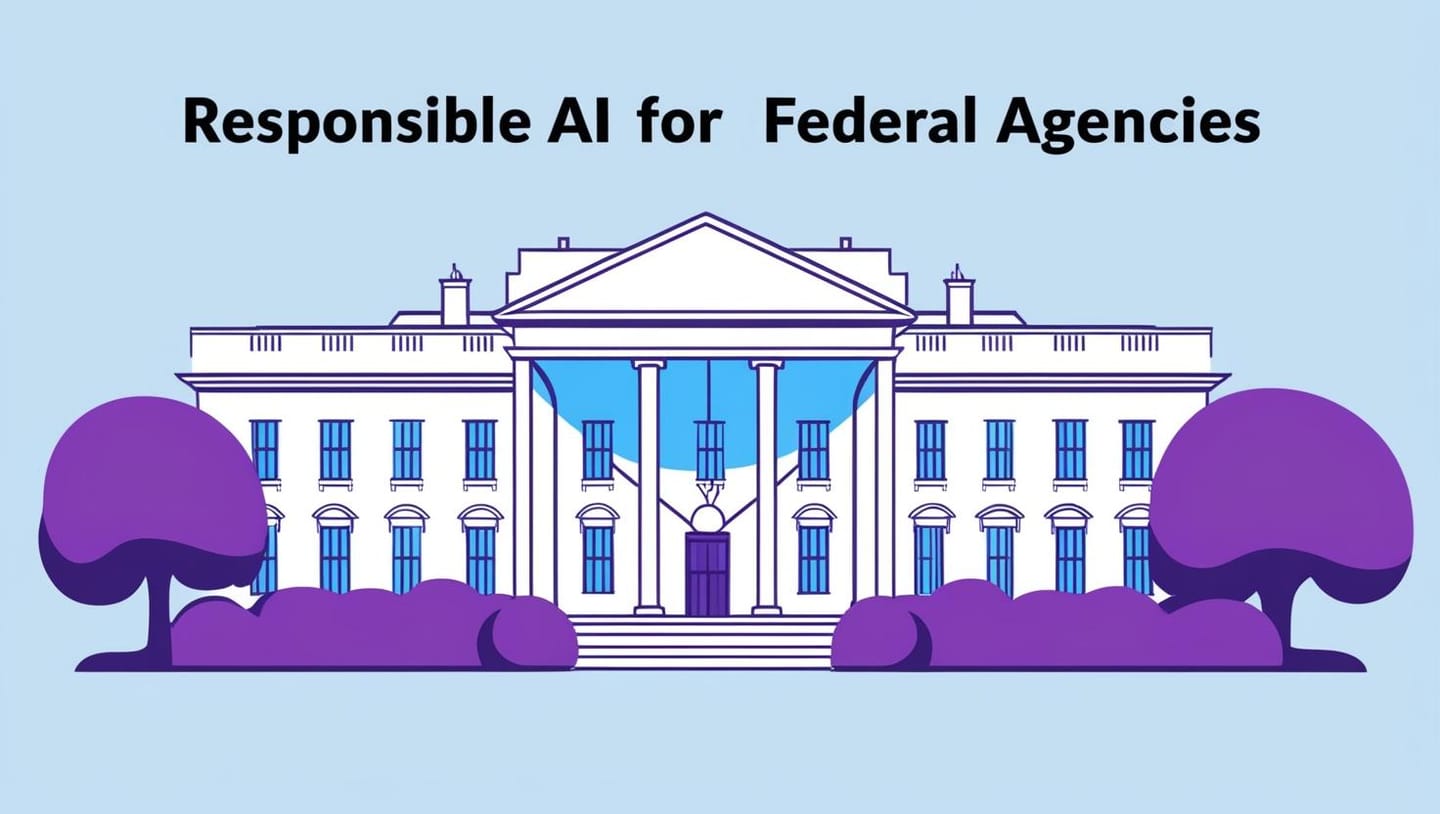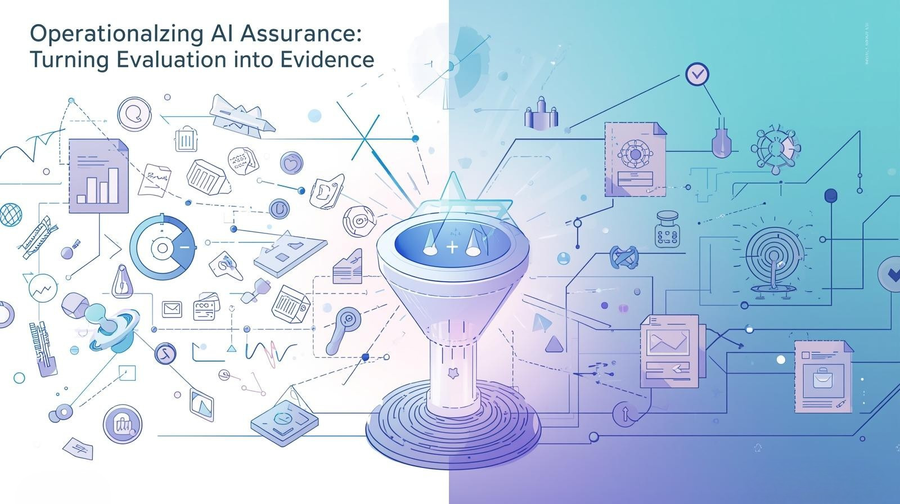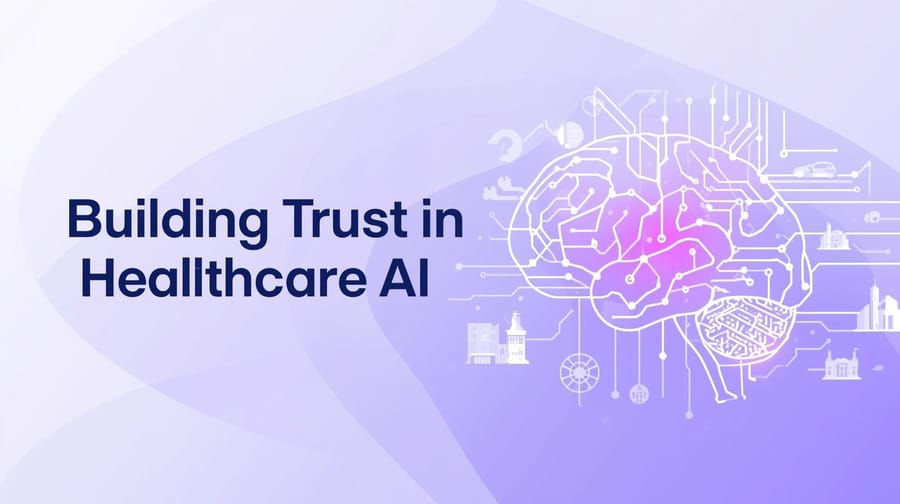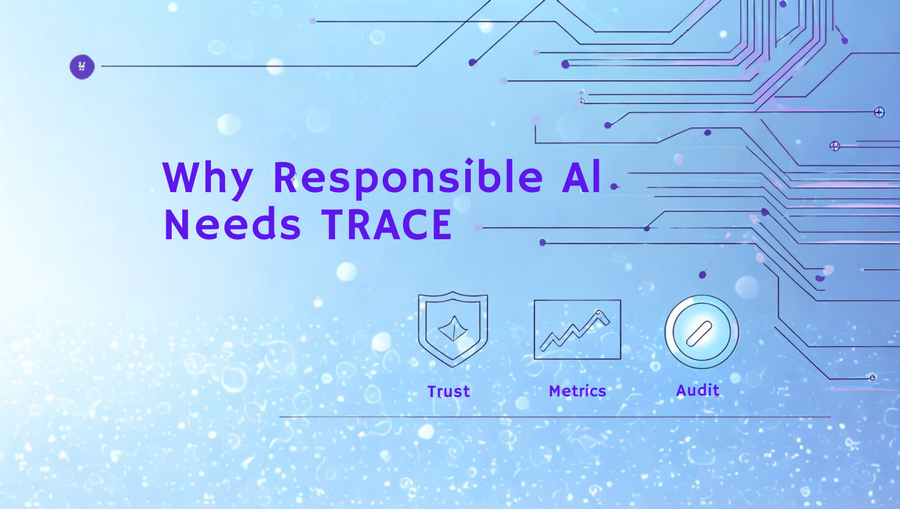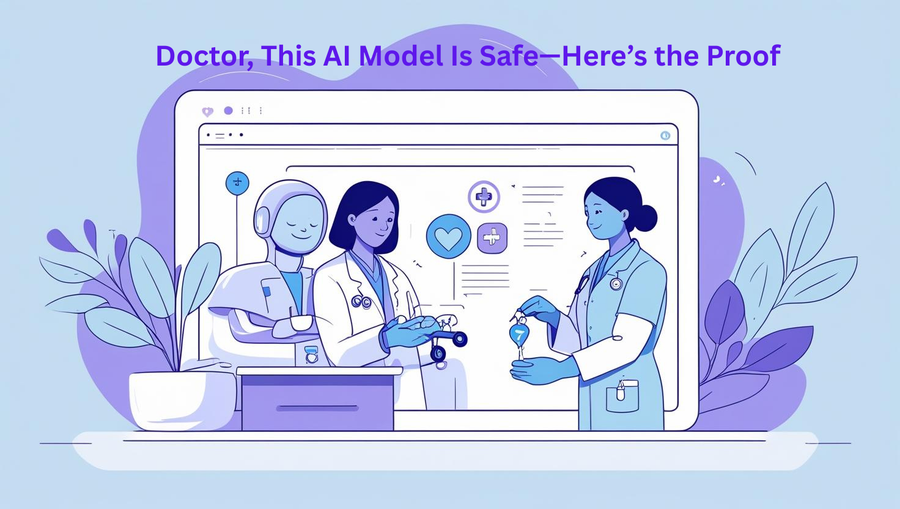If there was ever a moment that signaled the U.S. government’s commitment to responsible AI as more than just a buzzword, this is it.
On April 3, 2025, the Office of Management and Budget (OMB) issued Memorandum M-25-21, accelerating AI adoption in federal agencies while mandating governance, transparency, and public trust. Whether you’re a startup, a government official, or a technology consultant, this memo offers a glimpse into the next era of AI-driven public services.
Below, we break down the memo’s core elements, important timelines, practical scenarios, a checklist, and additional insights from White House guidelines to help you kickstart compliance.
Why It Matters
- Escalating AI Investment
Recent estimates show that federal AI research and development budgets have exceeded 2 billion dollars, a clear indicator that AI is being integrated across diverse government missions. - Public Skepticism
Surveys suggest that a significant portion of the American public is concerned about algorithmic bias or misuse. M-25-21 aims to address these anxieties by requiring robust safeguards and transparent reporting. - Blueprint for Widespread Adoption
Agencies representing nearly 70 percent of the federal workforce have indicated plans to adopt or scale AI solutions in the near term, making this memo’s guidelines essential reading.
Key Timelines for Federal Agencies
- Within 60 Days (by June 2, 2025)
Appoint a Chief AI Officer (CAIO)
This senior leader guides AI strategy, oversees compliance, and champions risk management best practices. - Within 90 Days (by July 2, 2025)
Form an AI Governance Board
A multi-disciplinary team at the deputy secretary level or equivalent. This board ensures that AI initiatives meet ethical, privacy, and security standards. - Within 180 Days (by September 30, 2025)
Release an AI Strategy and Compliance Plan
Each agency must publicly articulate how it plans to adopt, manage, and monitor AI, focusing on data governance, human oversight, and workforce readiness. - Within 270 Days (by December 29, 2025)
Update Policies (IT, Data, Generative AI)
Agencies need to align existing policies with new requirements, including guidance on generative AI usage. - Within 365 Days (by April 3, 2026)
Implement Risk Management for High-Impact AI
Any AI system that could substantially affect rights, benefits, or public safety must be vetted through rigorous risk assessments, testing, and ongoing monitoring.
Highlights of M-25-21
- Focus on High-Impact AI
Systems that significantly affect public welfare, civil liberties, or safety must undergo enhanced testing and accountability measures. - Annual AI Use Case Inventories
Agencies have to identify and disclose major AI projects, shining a light on where advanced analytics or machine learning is used. - Open Data and Model Sharing
To reduce redundancy, the memo encourages agencies to share AI assets—such as code, data, and models—whenever legally and practically feasible. - Public Trust Through Transparency
Citizens gain more visibility into how AI systems influence critical decisions, enabling higher confidence in government-driven innovation. - Chief AI Officer Roles
The memo positions CAIOs as central figures, bridging policy, technical expertise, and ethical oversight.
Additional Guidance From White House Policies
The M-25-21 memorandum builds on a series of White House directives aimed at safeguarding public trust and ensuring AI adoption meets rigorous ethical standards. Below are three key areas agencies should pay attention to, drawn from the broader policy environment.
1. Minimum Risk Management for High-Impact AI
According to White House guidelines, agencies must implement basic yet rigorous steps for AI systems that can significantly affect people’s lives, such as decisions about healthcare, benefits, or rights. These steps include:
- Pre-Deployment Testing: Validate models against real-world data and scenarios.
- AI Impact Assessments: Identify risks to privacy, fairness, or accuracy, plus any mitigations needed.
- Ongoing Monitoring: Track model performance and adapt to changing conditions or adversarial exploits.
- Human Oversight and Appeals: Ensure human operators can step in, override AI decisions if necessary, and review complaints.
- Public Transparency: Provide regular updates or summaries on how the AI is performing and how risks are handled.
2. Clarifying Generative AI Usage
Generative AI systems—tools that produce text, images, or other media—pose unique challenges. White House guidelines underscore that agencies should:
- Define Acceptable Content: Outline policies for using generative AI in areas like public communications, chatbots, or drafting official documents.
- Human in the Loop: Keep final editorial control with a designated employee, particularly for sensitive content or public-facing announcements.
- Mitigation of Misinformation: Implement real-time checks or post-release monitoring to catch and correct any potential errors.
3. Citizen Engagement and Feedback
Policy recommendations emphasize the importance of involving end users—namely, citizens or benefit recipients—in evaluating the real-world impact of AI. Practical steps include:
- Feedback Channels: Provide a clear way for citizens to report concerns, request manual reviews, or appeal AI-driven decisions.
- Public Consultations: When rolling out major AI initiatives, consider public hearings, focus groups, or online surveys.
- Accessible Transparency: Translate complex AI processes into plain language, so people can see how algorithmic decisions might affect them.
The Power of AI Self-Assessment
Before agencies can align with M-25-21, they often need to map their existing AI landscape. A self-assessment can help teams:
- Identify Current Projects: Capture all AI pilots, internal tools, and third-party solutions in use.
- Evaluate Data Quality and Bias: Check data sources, representation, and potential biases that could skew AI outcomes.
- Spot High-Impact Functions: Determine whether decisions could affect access to federal services or civil rights.
- Inventory Governance Gaps: Compare existing policies with M-25-21 guidance, noting where changes are needed.
- Plan for Workforce Training: Identify staff who need additional AI literacy, from legal counsel to field officers.
Pro Tip: Self-assessment is not a one-and-done activity—it’s an iterative process that evolves as new AI tools roll out and regulatory expectations shift.
Our AI Governance Platform
- AI Governance for Startups Selling to Federal Agencies
If you are a smaller AI vendor or startup aiming to pitch solutions to federal clients, we provide targeted policy templates, basic risk management workflows, and assessment tools. It is designed to help you meet M-25-21 requirements upfront and streamline your procurement discussions. - AI Governance Platform for Federal Agencies
For federal teams themselves, our more advanced governance platform supports continuous compliance tracking, cross-agency collaboration, and granular reporting. This helps Chief AI Officers and Governance Boards manage the complexity of multiple AI projects while meeting M-25-21 deadlines.
Practical Guidance for Federal Stakeholders
Scenario 1: Automating Claims Processing
Opportunity
Reducing backlogs, speeding approvals, and lowering administrative overhead.
Practical Approach
- Determine whether claims decisions are “high-impact.”
- Implement an appeals process, allowing individuals to request human review.
- Conduct pilot tests to confirm data accuracy and model reliability before a full-scale launch.
Scenario 2: Generative AI for Public Communications
Opportunity
Consistent messaging for public inquiries, faster responses, and improved engagement.
Practical Approach
- Keep final editorial control with a designated human.
- Outline generative AI usage policies, addressing misinformation risks and content guidelines.
- Provide disclaimers, especially when AI-generated text could be interpreted as official policy.
Scenario 3: Cross-Agency AI Collaboration
Opportunity
Shared data for advanced insights, collaborative AI model development, and cost savings.
Practical Approach
- Formalize data-sharing agreements that account for privacy, intellectual property, and risk considerations.
- Coordinate with the AI Governance Board to resolve conflicts, such as how to handle sensitive or classified data.
- Document each model’s purpose, usage context, and relevant disclaimers in a central repository.
Scenario 4: Early Pilot Testing With Limited Deployment
Opportunity
Low-risk sandbox environment to experiment with AI’s feasibility in a particular domain.
Practical Approach
- Define a start and end date for the pilot, keeping the user group small.
- Conduct a simplified self-assessment to confirm data integrity and the potential impact level.
- If results are positive, scale up with more formal compliance processes.
M-25-21 AI Governance Checklist
Below is a quick-reference checklist inspired by White House guidelines for agencies and startups aiming to comply with M-25-21:
- Leadership and Governance
- Appoint or identify an internal AI lead (or CAIO)
- Establish an AI governance body with cross-functional experts
- Keep leadership informed of major AI risk decisions
- Policy Alignment
- Review and update existing IT and data privacy policies
- Develop or refine guidelines for Generative AI usage
- Confirm that all internal policies reference M-25-21 directives
- Risk Assessment and Transparency
- Identify high-impact AI systems affecting rights, benefits, or public safety
- Conduct a documented pre-deployment risk analysis
- Ensure ongoing monitoring, audits, and user feedback mechanisms
- Data Management
- Verify that training datasets are accurate, complete, and representative
- Establish protocols for data sharing across agencies, aligning with security standards
- Track data provenance and usage to support future audits
- Human Oversight and Appeals
- Designate roles for approving, reviewing, or overriding AI decisions
- Provide a process for individuals to request human intervention when outcomes have real-world consequences
- Train staff on the tools and principles needed for proper oversight
- Public Reporting
- Prepare user-friendly summaries of AI tools and their intended impact
- Publish an annual AI use case inventory to boost transparency
- Highlight how civil liberties, privacy, and nondiscrimination standards are upheld
- Continuous Improvement
- Embed an iterative self-assessment process for AI projects
- Stay updated on emerging White House or OMB guidelines
- Maintain robust documentation to adapt as regulations evolve
Looking Ahead
M-25-21 signals the White House’s commitment to making responsible AI a standard fixture in federal agencies. Whether you’re a startup preparing to propose solutions or an agency leader mapping out your AI strategy, the memo’s structured timeline and clear expectations can guide you to success.
- Stay Proactive
Meeting deadlines is critical, but building a culture of responsible AI is just as important. - Leverage Self-Assessments
Get a snapshot of where you stand and what needs improvement. - Choose the Right Tools
Startups can use a Starter Pack to get audit-ready. Agencies can implement advanced governance platforms for continuous compliance.
By blending compliance with innovation, organizations can unlock AI’s full potential while upholding public trust. The decisions we make today could set the tone for the next decade of tech-driven public service—so let’s make them count.

